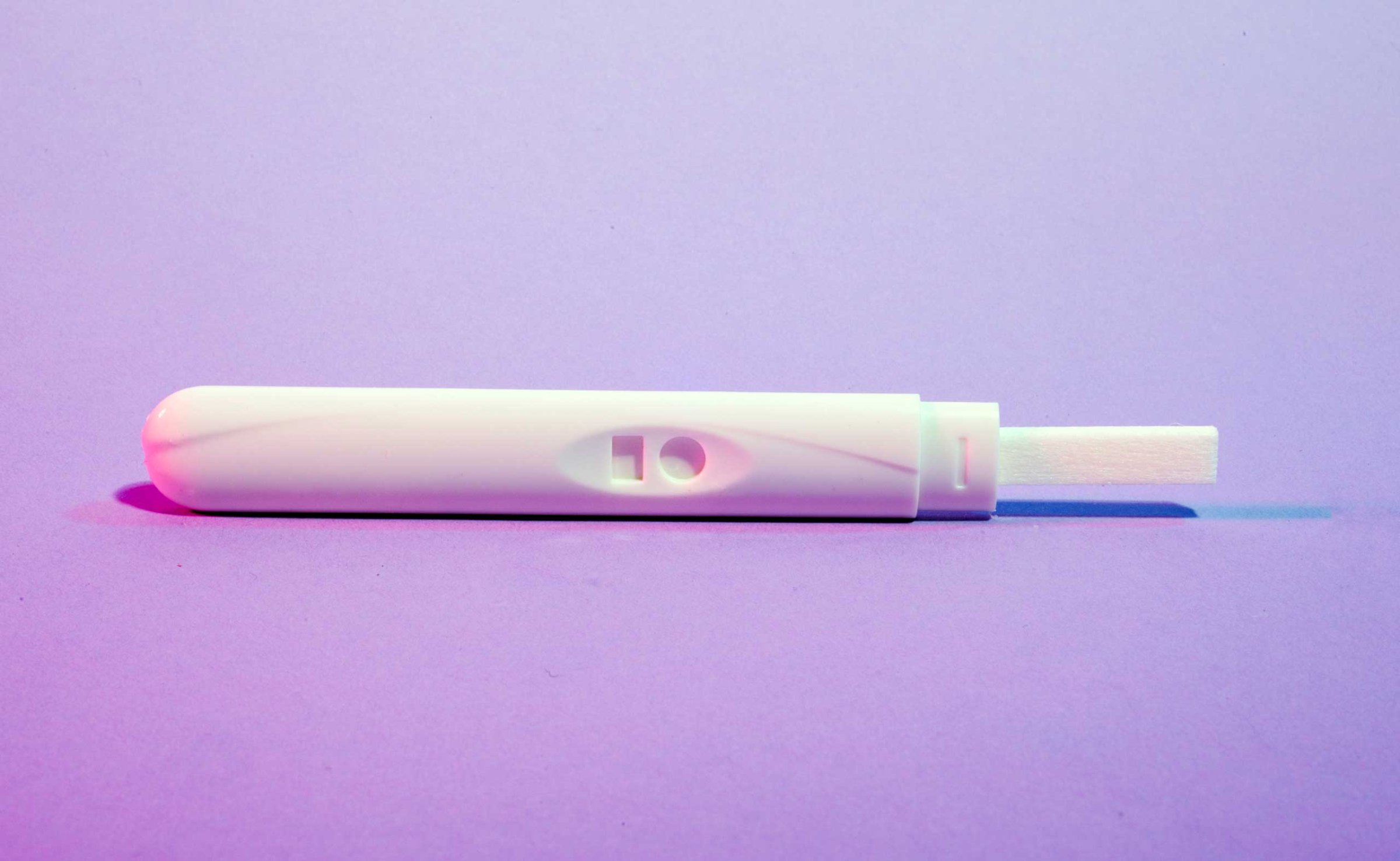
Many Americans deal with fertility issues at some point in their lives, and more than 11% of women seek fertility services. But according to a new report, whether or not a woman has access to the clinics that provide these services depends on where she lives.
In the United States, about 40% of women of reproductive age—25 million women in total—have limited or no access to assisted reproductive technology (ART) clinics, according to a new study published in the journal Fertility & Sterility. Though OBGYNs can perform basic assessments of their patients’ reproductive needs, many will need to seek outside care at ART clinics for procedures like in vitro fertilization (IVF).
As of 2013, the year with the most recent available data, there are about 510 ART clinics in the United State. Among those clinics, 442 are in metropolitan areas, which leaves women in less-urban areas with fewer options.
The new report also found that 18 million women live in an area where there are no ART clinics, and another 6.8 million women live in areas with only one ART clinic. Since most people pay for fertility services out of pocket, having a choice of where to seek treatment is important, the researchers argue. Lack of access may limit their options.
People who want to undergo fertility treatments already face other barriers, including cost. Insurance or employer coverage of fertility treatments is uncommon, and the average cost of an IVF cycle in the U.S. is about $12,400. Even just an appointment with a fertility specialist can cost from $200-400.
The study authors argue that substantial travel for fertility treatments adds an additional barrier and expense for women without access to nearby clinics. “The major access issue is ability to pay for these services,” says study author Dr. John Harris, an assistant professor of obstetrics, gynecology and reproductive sciences at the University of Pittsburgh School of Medicine. “But I think there’s a subset of people who are really going to be affected by geography when it comes to getting treatment.”
Using telemedicine to reach people where they live is one way to improve access to treatment, Harris says; more supportive policies from employers, with travel benefits or time off to go to appointments, are others. He adds that people who want to undergo fertility services should have more choices in the future.
More Must-Reads From TIME
- Dua Lipa Manifested All of This
- Exclusive: Google Workers Revolt Over $1.2 Billion Contract With Israel
- Stop Looking for Your Forever Home
- The Sympathizer Counters 50 Years of Hollywood Vietnam War Narratives
- The Bliss of Seeing the Eclipse From Cleveland
- Hormonal Birth Control Doesn’t Deserve Its Bad Reputation
- The Best TV Shows to Watch on Peacock
- Want Weekly Recs on What to Watch, Read, and More? Sign Up for Worth Your Time
Contact us at letters@time.com